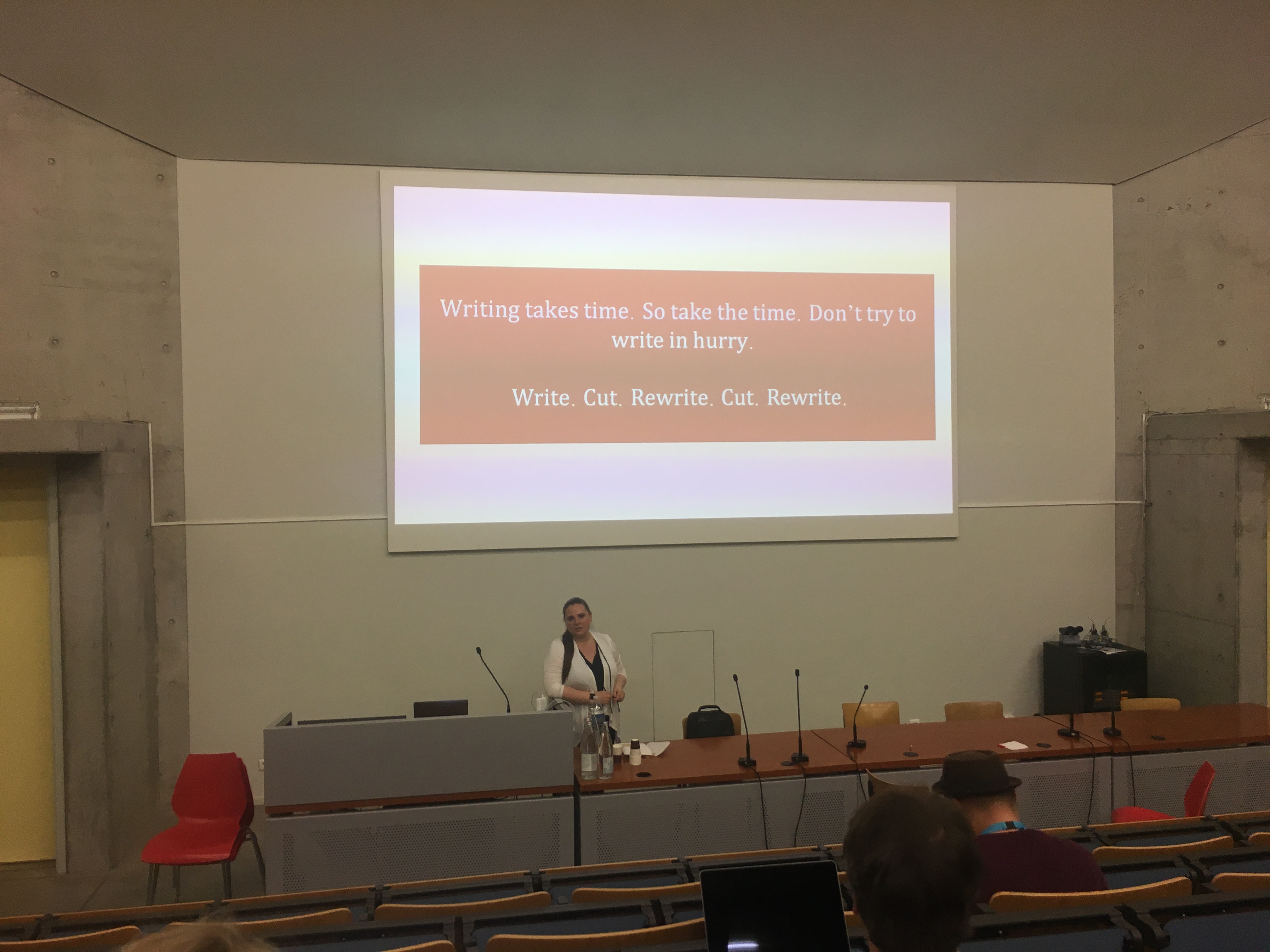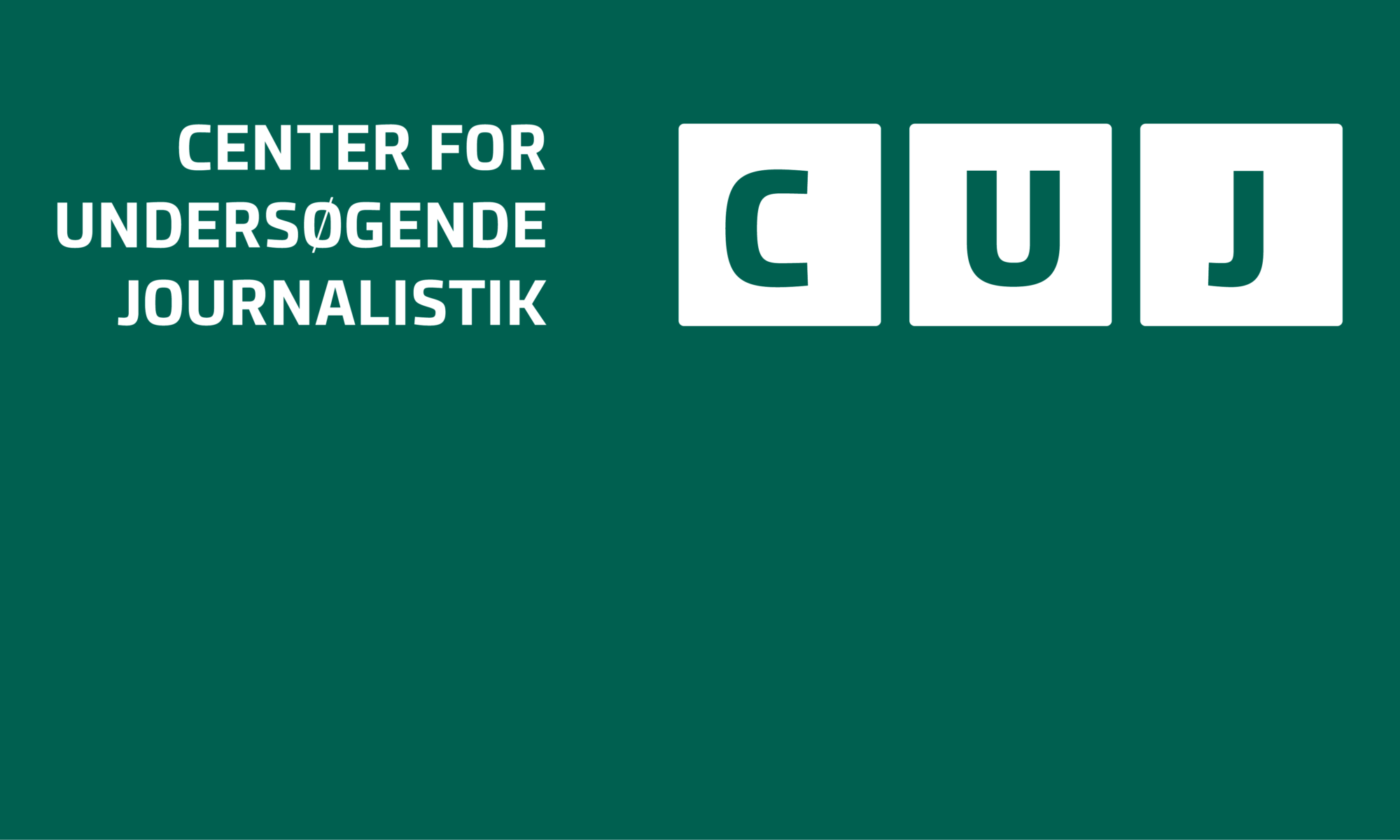By Jannie Møller Hartley
Miranda Patrucic is the regional editor of OCCRP Sarajevo. In the afternoon of the second day, she gives her best advice on how to think about story-telling in stories based on large amount of data.
Miranda’s six ways of turning data-stories into real stories, that people want to read even if they are heavy with data.
- Organisation: “Preparing to write from the moment, I start reporting.”
- Structure: “Journalists are bad at structuring, but I use it to give my writing a backbone.”
- Clarity and simplicity: “You want to make the complex simple.”
- Voice and authority: “When you don’t have what you need, you write around it. But instead, use the writing to find the missing pieces.”
- Use fictional techniques in non-fiction
- Multimedia, digital and alternative forms of story-telling: “You don’t need all the details in your story or the whole research, pick out the bits you need to tell the story, some research might be better in a graph, that you present on a separate website”.
As an editor, Miranda has learned the hard way, that it’s important to force the journalists to think about the pitch of their story before starting. Too many stories are relevant but seem irrelevant or too complicated for users. Too few journalists ask the “so what question,” she argues.
“Think about why is my story important, who should people care about this?”
For Miranda a timeline is one of the most useful tools in her storytelling process:
“Once you have started, you should do a timeline, who are the central people, dates, important events and it gives and overview of the connections.”
A timeline is useful because it allows you to see the bigger picture in all the data, and it guides you towards the interviews and observations. But even then, when interviews are done, journalists need to ask themselves, what is the story here and then do more research.
“Think about the questions that arise out of the interviews and talk to the editors, or other trusted people.”
But even then, don’t start writing. Instead, Miranda says, start reading through everything. Find the quotes.
“What are the three major points, you want to make in your story.”
Finally, she notes four questions, you should always ask yourself as a storytelling journalist:
- What is the purpose of this story?
- What is the relevance to the reader?
- How big IS the problem?
- What are the competing interests involved?

Dette blogpost er kun på engelsk.
